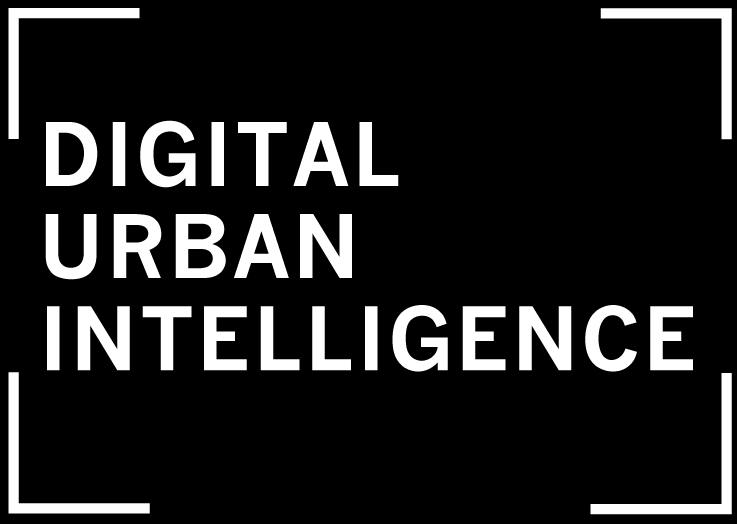Creating A Social Media Campiagn Using Dunbar’s Number
 As a social media marketing professional each of us face a daunting prospect each time we start a social media marketing campaign, specifically a “Influencer Marketing” Campaign: How do we build, manage and engage all of the contacts in our marketing campaign network?
As a social media marketing professional each of us face a daunting prospect each time we start a social media marketing campaign, specifically a “Influencer Marketing” Campaign: How do we build, manage and engage all of the contacts in our marketing campaign network?
The problem of scattered data and information overload are constant obstacles when developing an effective list of influencers.
Ideally, attacking this problem requires a new way of thinking about friends, relationships and quality social engagements with quantifiable results. The Dunbar number can help you build and focus your influencer marketing engagement.
What is Dunbar’s number?
Dunbar’s number is a suggested cognitive limit to the number of people with whom one can maintain stable social relationships. These are relationships in which an individual knows who each person is and how each person relates to every other person. This number was proposed in 1992 by Robin Dunbar, who found a correlation between primate brain size and average social group size. By using the average human brain size and extrapolating from the results of primates, he proposed that humans can only comfortably maintain between 120 and 230 stable social relationships, but the “number” has been averaged out to 150, seemingly for simplicity’s sake.
The Dunbar number pops up surprisingly often in human organizational life. Throughout Western military history, the size of the company—the smallest autonomous military unit—has hovered around 150. The self-governing communes of the Hutterites, an Anabaptist sect similar to the Amish and the Mennonites, always split when they grow larger than 150.
But in general, once a group grows larger than 150, its members begin to lose their sense of connection.
“The question is, ‘Does digital technology in general allow you to retain the old friends as well as the new ones and therefore increase the size of your social circle?’ The answer seems to be a resounding no, at least for the moment.” The internet has made it a little bit easier. Sure, emails are not the same as handshakes — but they give you the ability to keep track of relationships more efficiently. The world wide web also enables us to easily find people with the knowledge and influence you need. Finally, social media is a catalyst for multiplying your personal Dunbar’s number. With LinkedIn you can keep track of contacts, on Quora you can crowdsource a question and with Twitter you can follow smart people sharing smart ideas and influence.
Keep it small, focused and effective.
Now that we’ve established that you can only handle so many relationships, then it’s a good strategy to pick and choose them wisely. You can search Google, twitter, Facebook to start building your influencer contact list. You will initially find thousands of people knowledgeable on your specific topic. Don’t get carried away, limit your list with Dunbar’s number as a guide . Create a brand or campaign social media persona. Then add people to the list who best match the persona template you created. This will allow you to engage and spend more time building a relationship and engaging with the people who are effective positive influencers.

